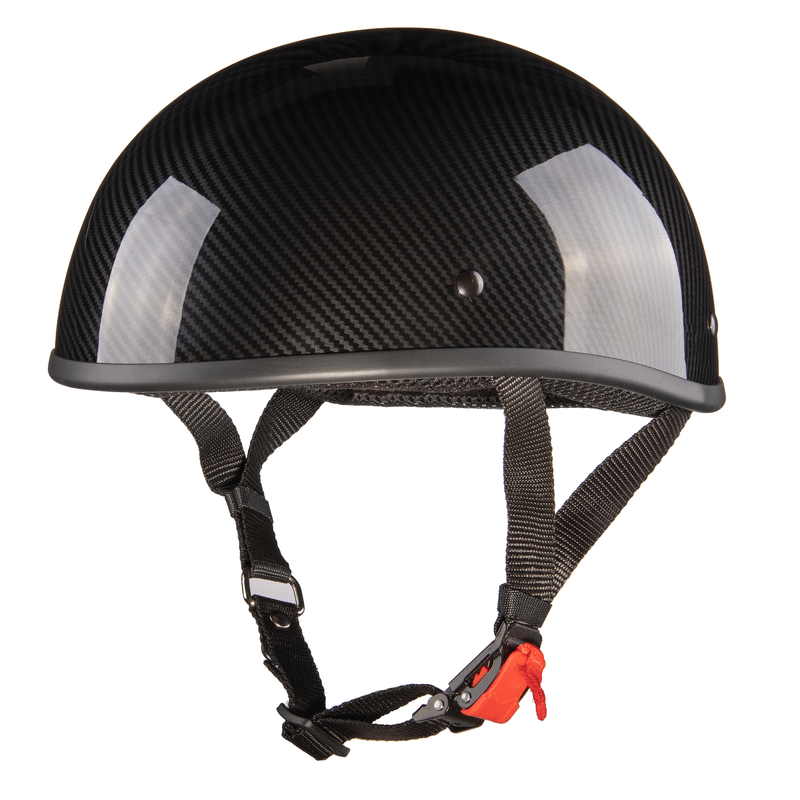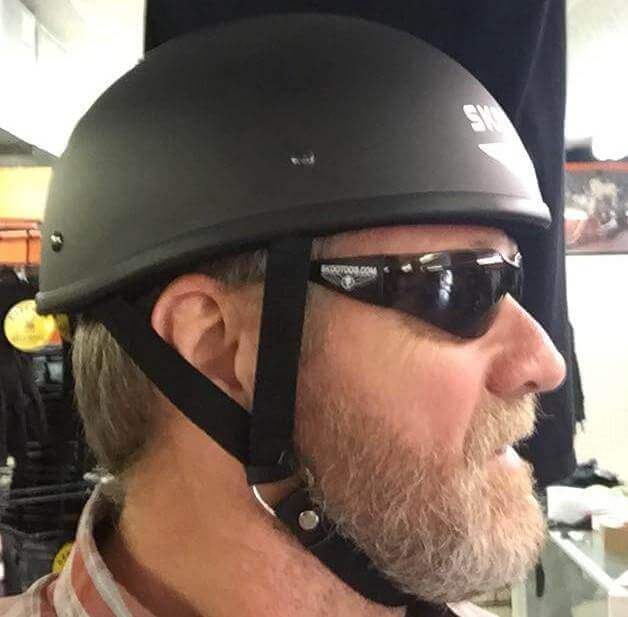
Amazon.com: CRAZY AL'S WORLDS SMALLEST DOT HELMET IN GLOSS BLACK WITH OUT VISOR SIZE LARGE : Automotive

Amazon.com: Bikerhelmets.com - World's Smallest Motorcycle Helmet - DOT Approved Ultra Low Profile Beanie - Gloss Black No Peak - Small : Automotive

WCL Helmet German Motorcycle Half Helmet- Smallest and Lightest DOT Approved Skull Cap - Gloss Black — WCL Helmets

Smallest, Lightest and Lowest Profile DOT Motorcycle Helmets | Motorcycle helmets, Helmet, Leather motorcycle helmet

WCL Helmet Beanie Motorcycle Half Helmet- Smallest and Lightest DOT Approved Skull Cap — WCL Helmets

WCL Helmet Beanie Motorcycle Half Helmet- Smallest and Lightest DOT Approved Skull Cap — WCL Helmets


















